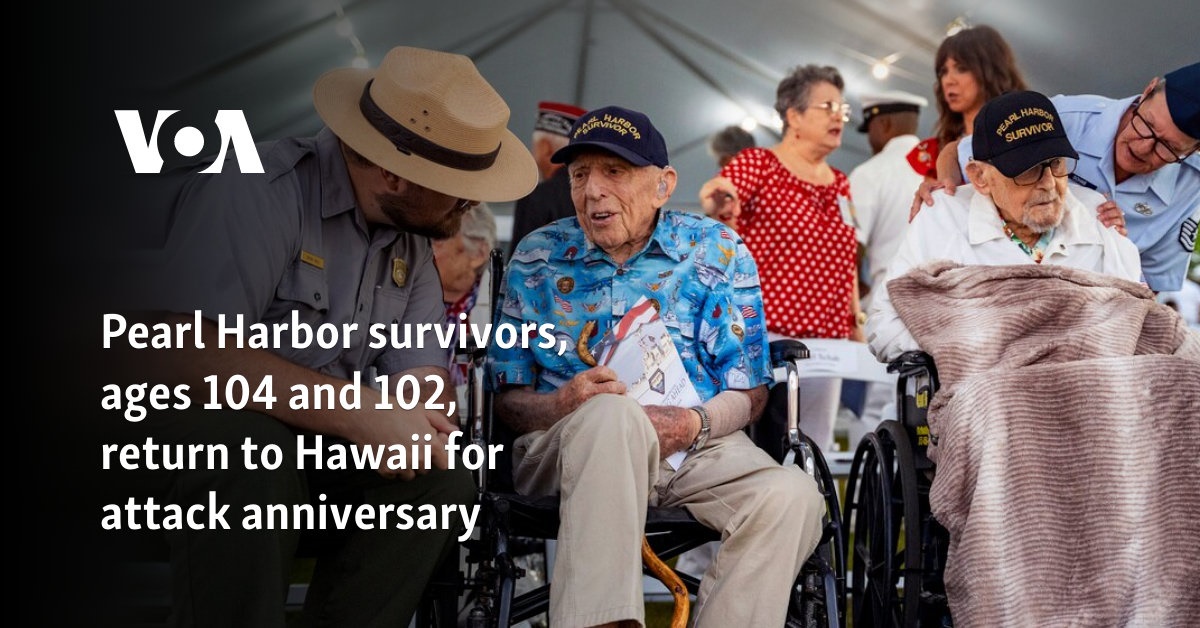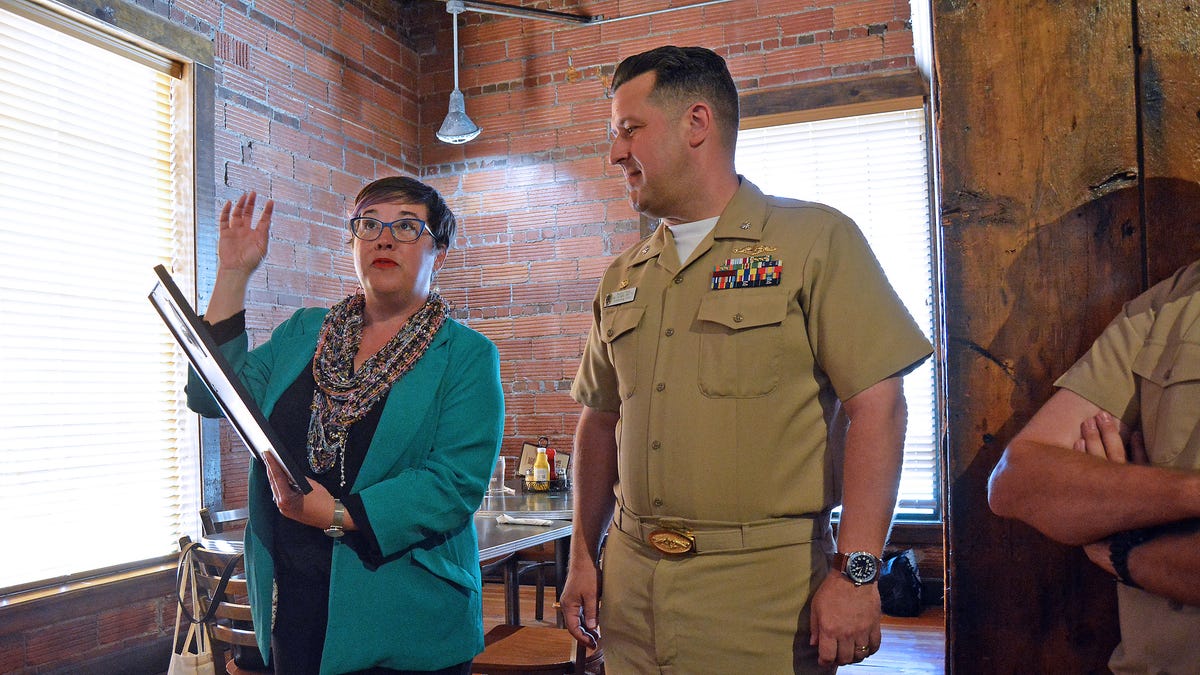Driving over the cattle guards that mark the boundaries of the Las Vegas Valley, Southern Nevadans are likely to come across an equine friend or two. Or a herd of them.
Wild horses and burros, considered to be an emblem of the unconquerable American West, have been a permanent fixture of the Great Basin and the Mojave Desert for centuries. They roam Nevada’s sprawling public, federally owned lands, of which the state has the highest percentage in the nation.
Another superlative that belongs to the Silver State is the highest number of wild horses and burros. It’s home to about half of them, with more than 40,000 on federally managed land, according to the most recent estimates from both the Bureau of Land Management and the U.S. Forest Service.
Largely thought to be descended from horses that Europeans brought to the West in the 16th century, Nevada’s wild horses are the subject of dual fascination and concern. That’s mostly due to how federal agencies round them up with helicopters and the environmental damage such large numbers of them could cause if populations were left untouched.
Nevada’s ‘Wild Horse Annie’ spoke for the mustangs
As mandated by the Wild Free-Roaming Horses and Burros Act of 1971, both federal land management agencies are required by law to protect and defend these animals.
The law was brought to Congress all because of one Nevada woman: “Wild Horse Annie,” also known as Velma Johnston.
Wild horses were once the subject of abuse by so-called mustangers, who would sell off their meat commercially. After an encounter where she saw a trailer full of bleeding horses on their way to a slaughter plant in the 1950s, Johnston riled up sentiment across the West to do something about it.
Johnston expressed her dissatisfaction with the 1959 Wild Horse Annie Act, a preliminary law that outlawed the poisoning of water holes and hunting wild horses from planes. She said it lacked any real enforcement mechanism.
In response to requirements from federal law, the BLM and Forest Service created their respective wild horse and burro programs to control the number of horses and burros out in the wild in a way that was deemed more humane.
Modern roundups marred by controversy
Because of the roundup and sale of wild horses in Western states, animals sold in federal auctions can be found as far east as Florida.
The BLM divided its land into 83 herd management areas, across which the agency says there should only be 12,811 wild horses and burros. The agency estimated this year that 38,023 of them roam its land. The Forest Service’s program is smaller, with 17 so-called territories, mostly in central Nevada, where only about 2,500 wild horses and burros currently reside, according to the agency’s counts.
Without proper population control, many say these non-native animals disrupt fragile desert ecosystems and food chains.
That leads the BLM to round up mustangs, place them in holding facilities and sell them for $125 each. About 290,000 wild horses and burros have been placed into private care since 1971, the BLM estimates. Over the years, newspaper investigations and watchdog groups have found that at least some horses are sent to slaughterhouses because of the agency’s limited oversight past the adoption period.
Though some have criticized the conditions of holding pens, the agency maintains that they “provide ample space to horses, along with clean feed and water.”
It uses helicopters to circle and capture the horses — a method some advocacy groups have called inhumane. The BLM maintains that its technique leads to the least amount of injury and deaths possible.
Other groups, such as American Wild Horse Conservation, call for the use of porcine zona pellucida, or PZP vaccines, which are administered through darts and make female horses infertile. It piloted such a method within the Virginia Range near Reno in partnership with the Nevada Department of Agriculture.
Contact Alan Halaly at ahalaly@reviewjournal.com. Follow @AlanHalaly on X and @alanhalaly.bsky.social on Bluesky.







:quality(70)/cloudfront-us-east-1.images.arcpublishing.com/archetype/XUYB3RFRBJCEVODWXTLB5EQS7Y.jpeg)



















/cdn.vox-cdn.com/uploads/chorus_asset/file/25782636/247422_ChatGPT_anniversary_CVirginia.jpg)
/cdn.vox-cdn.com/uploads/chorus_asset/file/25789444/1258459915.jpg)

/cdn.vox-cdn.com/uploads/chorus_asset/file/25546252/STK169_Mark_Zuckerburg_CVIRGINIA_D.jpg)


/cdn.vox-cdn.com/uploads/chorus_asset/file/23951353/STK043_VRG_Illo_N_Barclay_3_Meta.jpg)